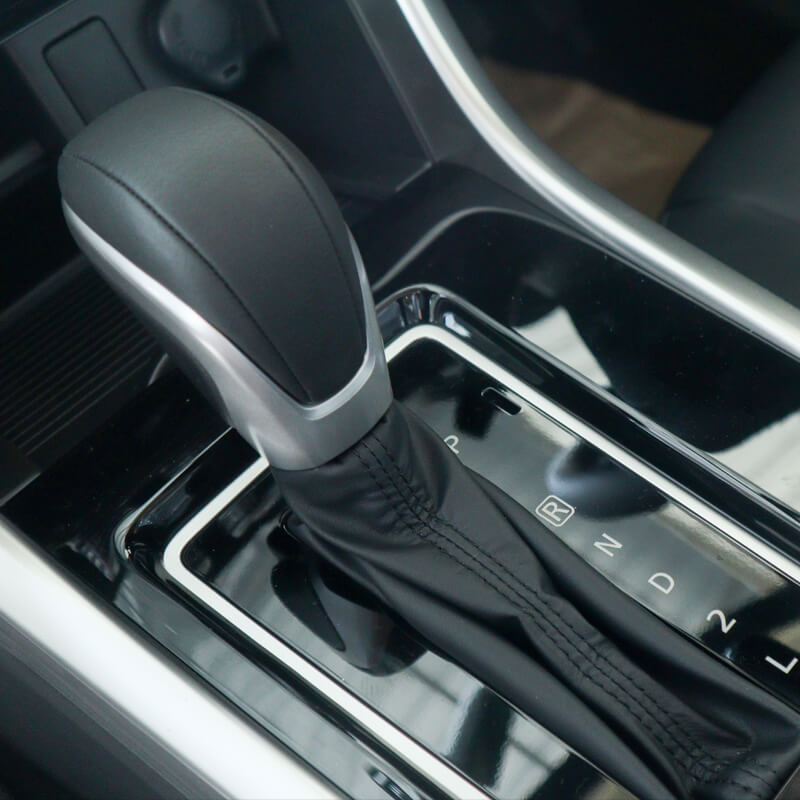The future of car usage and learning to drive

What do you picture when you imagine how we’ll use the cars of tomorrow, and how will this impact the learning to drive journey?
Since the 60s, popular culture has been filled with ideas of how our transportation needs will be met in the future. Fast forward from those first imaginings to the present day, and what once was fiction may soon be a fact when we look at the future of car usage.
In the article below, we’ll dive into some of the prominent theories for how the industry will develop and how this might impact people learning to drive.
First off, we’ll cover the more distant topic, but the one that everyone has in their mind when this conversation comes up – driverless cars.
The Future of Car Usage – Driverless Cars
The utopian dream here is for people to no longer require a driver’s license because they won’t be actually driving the vehicle.
Companies such as Google and Tesla are leading the charge to develop this technology, making big gains in recent years and doing live road tests. Fully autonomous cars are still in advanced testing stages, however, partially automated technology is a much more accessible reality.
Heralded as the next great breakthrough for transportation, investment into driverless technology has been phenomenal. With all the support this field of research has received, the tech does seem like it is imminent. However, there are still key issues that need to be overcome before everyone is able to hop in a car without a license and go where they please.
One of the largest issues for autonomous cars involves the parts of driving where humans in different cars interact with each other to decide on the next course of action. It gets even more difficult when ethics have to be considered. For example, in the situation of an unavoidable collision with a pedestrian or vehicle, what course of action would the car choose to minimise risk? Effectively choosing who has more chance to live.
Even if the technology for driverless cars is ready in the near future, there are societal factors that have to catch up. Laws have to be made and rules put in place.
With all this in mind, it is quite apparent that people are going to have to pass their driving tests for a long time to come. However, the way this autonomous and semi-autonomous technology will impact our driving will mean our tests will change quite a lot.
The Future of Car Usage – Assisted Driving
We’ve already had updates to the driving test in 2017 where drivers are allowed to use parking sensors, hill start assist and have to drive for a section of the exam following a satnav. As vehicles become more aware and capable of reading their surroundings, they will be able to notify the driver of vital information and changes. Even further beyond this, a vehicle will be able to take on some of the tasks that previously drivers would have had to manage.
Below are some of the key changes we envisage coming in over the next few years.
Forward Collision Warning
A vehicle is fitted with a sensor that reads the road in front, alerting the driver of any obstacle or slow-moving vehicle that may cause a crash. This gives the driver an added assurance while managing their space and distancing during their driving test.
While a lot of focus is placed on completing the manoeuvres of a test to pass, it is not completely uncommon for a learner to fail because they’ve initiated a dangerous manoeuvre that could have been avoided. Assistance like forward-collision warning helps to minimise this level of risk.
Blind Spot Assistance
What once sounded like high-grade military tech can now be found in your car.
Through either ultrasonic or radar sensors, your car can notify you if another vehicle is in your blind spot.
A key part of the driving test is safely pulling off and consistently checking blind spots to maintain awareness of the vehicle and what surrounds it.
Blind Spot Assistance raises the level of awareness, aiding a driver to avoid collisions and again minimising risk. All of this means less chance of placing the vehicle within a position during a driving test that could result in a fail.
Lane Departure and Drift Warning
Cameras attached to the car can detect if the vehicle is veering out of its lane and alert the driver.
Usually, the car will notify the driver in one of two ways; either a vibration through the steering wheel or seat, or from a light on the dashboard.
In even more advanced vehicles, it will be able to make steering adjustments to prevent you from leaving the lane you are in.
Similar to the previous two points, this helps learner drivers by minimising the chance of them making dangerous mistakes that result in an instant fail.
The Future of Car Usage and Peer to Peer Ownership
With a growing population and increasing amounts of people eligible to drive, there has been building worry about the impact on the environment all these extra vehicles will have. Certain technologies bear the main headlines in counteracting this impact, particularly electric cars, which would certainly make a dramatic improvement in pollution levels.
Alongside these technologies there are actions drivers can take to become more ‘Eco’ drivers, which would not require a dramatic change in the day-to-day. As part of a more environmentally friendly push, there’s potential for driving tests of the future to require learners to know what exact type of oil their engine requires, or what tyre pressure is optimal for their vehicle’s fuel consumption.
The way people use their cars may soon dramatically change too.
What all the emerging technologies and strategies above don’t address is that there will be more people looking to drive in the future. As things stand, this means more cars parked on streets blocking roads, and more traffic when travelling.
As a counter to these growing concerns, there are companies like hiyacar who have challenged the idea of singular ownership of a vehicle. The idea is that for much of their time, cars are parked doing nothing.
A growing trend is that vehicles can be accessed and used by multiple people within a community. People effectively rent a car from a neighbour on their street when they need it, cutting down on the number of cars parked on the pavement and driving on the road.
In areas where the traffic is highly restricted and parking is an issue, companies such as YourParkingSpace have evolved modern solutions to provide peer to peer parking spaces. This means the space within constrained areas is much better managed, with free areas able to be used by drivers in need and owners of the spaces getting a return on otherwise wasted land.
The future holds a lot of potential for cars and transportation in general. With the exponential growth of technology in the field, this looks like it will continue to improve for the next few years at least. With these improvements, the way we use cars will change as well, having an impact on the way we need to be tested to make sure we are capable of handling the vehicles of tomorrow.


